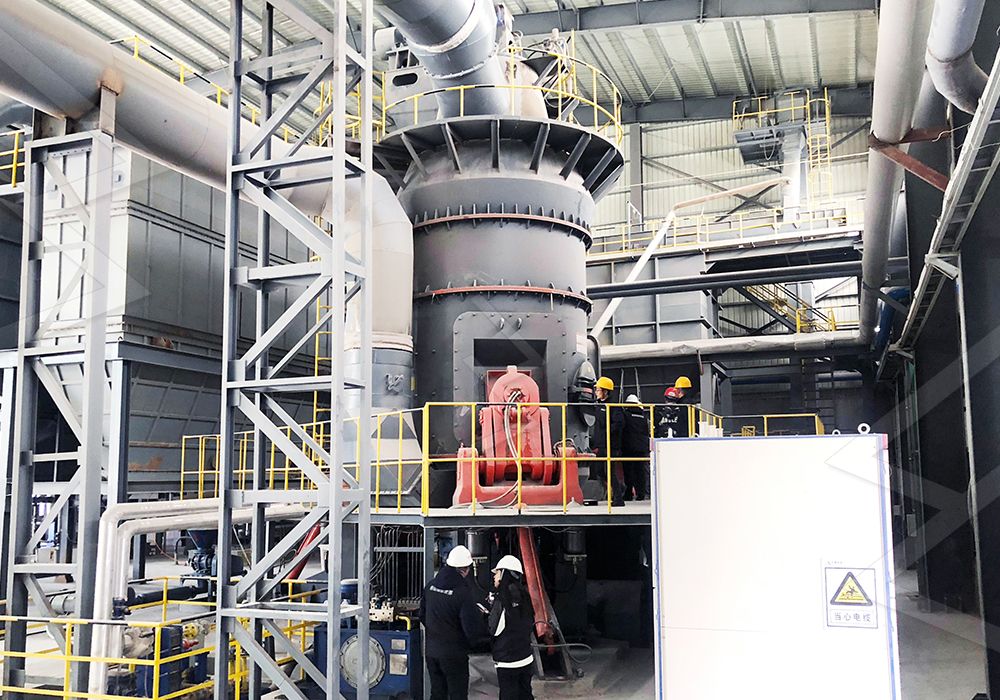50tph Medium-Speed Coal Mill Selection Guide: Key Factors for Optimal Performance
Introduction
Selecting the right medium-speed coal mill for a 50tph capacity requirement involves evaluating multiple technical and operational factors. This guide outlines critical considerations to ensure optimal performance, energy efficiency, and longevity of your grinding equipment.
Key Selection Criteria
- Grinding Efficiency: Look for mills with optimized roller/ring geometries that enhance material bed compression.
- Energy Consumption: Prioritize designs with 30-50% lower kWh/t than traditional ball mills.
- Maintenance Accessibility: Hydraulic roller withdrawal systems significantly reduce downtime.
- Particle Size Control: Advanced separators should achieve d97≤5μm with adjustable 325-2500 mesh ranges.

Recommended Solution: LM Vertical Coal Mill
For 50tph coal grinding applications, our LM Vertical Coal Mill delivers exceptional performance with:
- Integrated drying/grinding system for 8-12% moisture content
- 40-50% energy savings vs ball mills
- Negative pressure operation with ≤30mg/Nm³ dust emissions
- Hydraulic roller system allowing maintenance in under 4 hours
Alternative Option: MW Ultrafine Grinding Mill
When processing finer coal powders (325-2500 mesh), consider the MW Ultrafine Grinding Mill featuring:
- German-designed cage separator for precise classification
- Bearing-free grinding chamber eliminating lubrication failures
- Pulse dust collection achieving 99.9% filtration efficiency

Operational Best Practices
| Parameter | Optimal Range | Monitoring Method |
|---|---|---|
| Grinding pressure | 8-12MPa | Hydraulic sensor |
| Mill outlet temp | 65-75°C | Infrared pyrometer |
| Vibration level | <2.5mm/s | Accelerometers |

Conclusion
Selecting between the LM Vertical Coal Mill (for standard pulverized coal) and MW Ultrafine Grinding Mill (for specialty applications) depends on final product requirements. Both solutions offer significant advantages in energy efficiency, maintenance cost reduction, and environmental compliance for 50tph operations.
